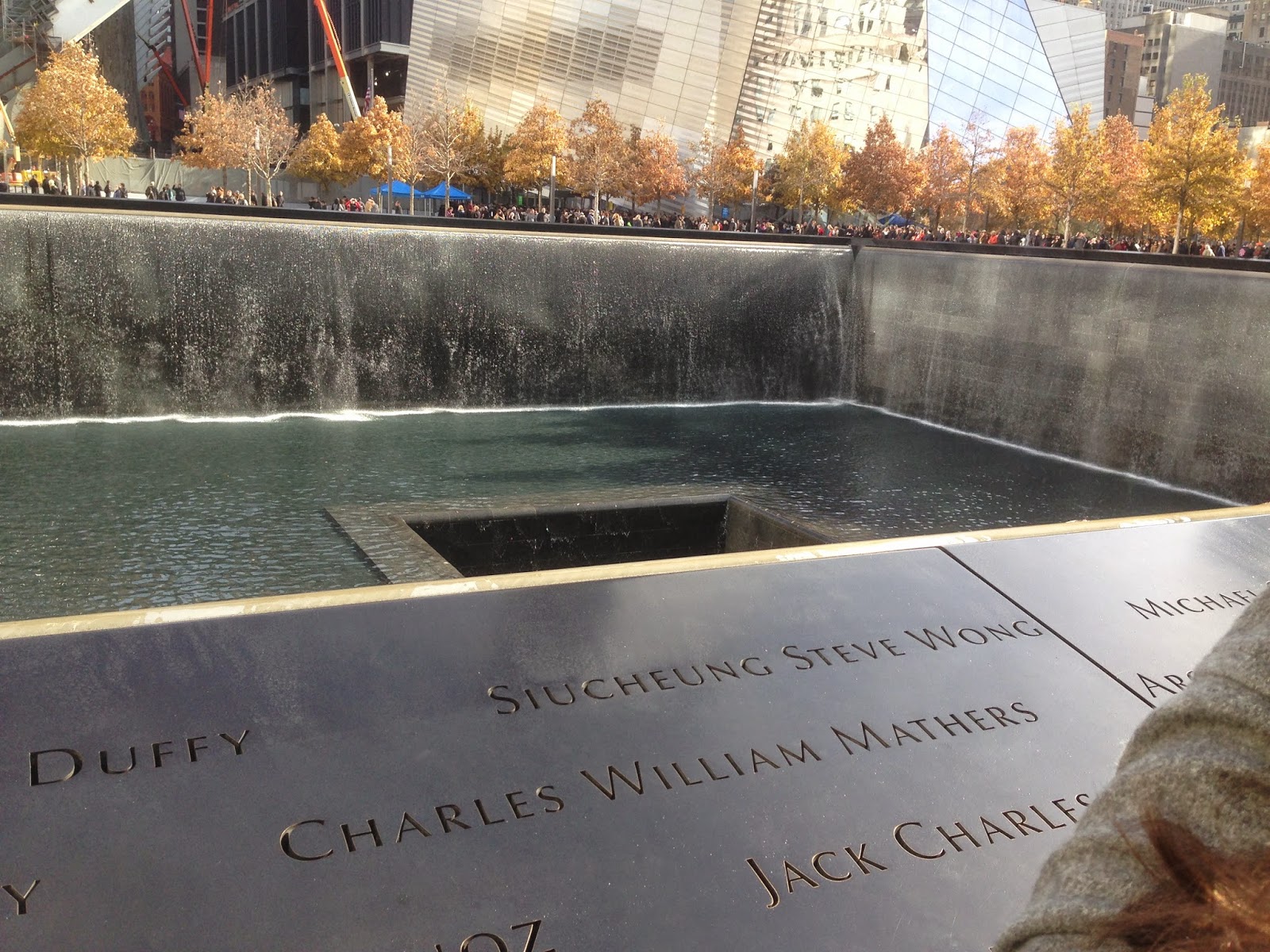I’ve been feeling pretty discouraged lately about my tattoo.
Each session seems to reinforce just how much more I have to go; how much time,
and how much money I will be committing before I’ll be done. (Not even
taking into account how hard it is to sit through each session.) I’ve been
thinking about my good friend Jason’s description of his attitude when he was
having
his back worked on by
Horiyoshi 3.
The story of his tattoo is an amazing one, which saw him
coming to Horiyoshi with blank skin and leaving Japan, after living there for six
years, with a full suit: neck to wrists to ankles tattooed, with just a small
“river” left bare, running from his neck and including his genitals.
To give the abridged version of his first year: he went to
Japan first for a week-long trip and had his back outlined over seven
hour-long sessions. He came back to the U.S. for six months before moving to
Japan on a three-year visa with a position lined up to teach English. It took
him his first year to finish his back—and after that he just kept going.
I remember him talking to me about the first year being especially
difficult, and feeling discouraged in much the same way I am. He was getting work
done at the rate of one one-hour appointment every week. Traditionally, the background is
typically shaded first, so it would be a little patch of black on his shoulder,
and then a patch on his lower back, a patch on the back of his thigh, etc. After
several months of this, he said he found himself questioning his decision: Why am I doing this? I left everything I had
back home and moved halfway around the world to… get tattooed? Did I do the
right thing? As the weeks turned into months, without being able to see
much progress—and with little encouragement—he said he found himself really
wondering if it was worth it.
This continued until he came to one appointment, about
halfway through the year, and Horiyoshi told him, “Hurt arm,” rotating his
shoulder to demonstrate what seemed like a sore elbow, “We use machine today.” “It
is okay to reschedule, “ Jason said he told him. “No, is okay.
Machine today,” he said.
That day, Jason said he started to add details to the large dragon’s
head on his back: texture to the head, detail to the eyes. Jason said after
the session he was so excited, as the dragon—and the tattoo—was finally starting to come to
life. He talked to me about how
this session re-energized him, and gave him the encouragement to push through.
I came to today’s appointment feeling the same sense of early discouragement that he described, wondering if it’s worth it.
The session stated the same way it normally does, as I
greeted Shinji, his apprentice, and then changed into my fundoshi. (I
apologized for missing last week’s appointment. There was a scheduling mix-up,
and Shinji rescheduled me to this week.) I stood in front of Shinji, facing away, so he
could look over the work from my last appointment. He then wiped down the area he was planning to work on—and today, he started at the crack of
my ass, continuing down under my left cheek. Really?!? I thought. All
right then…. I knew this was coming.
I started out lying on my side for about the first hour. After
that, he had me lie down on my back, pulling my thigh into my chest. I thought
it must look so incredibly silly; so much so that when Shinji’s apprentice came over I asked
him to take a picture of the scene on my phone. Shinji worked quickly—more quickly
than usual—I imagine because the position was so difficult to hold. Shinji’s really cooking, I thought. We’re finally making some progress!
After a little over half an hour, as I found it harder and
harder to keep my thigh raised and my foot out of the way, Shinji called
his apprentice over to hold my leg. What was initially silly became ridiculous.
“Someone should take picture now!” Shinji joked—and luckily my cell phone was
within arms reach for a tattoo selfie! I was in this position
for about twenty minutes before Shinji called it a day.
I was glad to be able to finally put down my leg, and I rolled off the
table and excitedly bent over in front of the mirror, looking at the
progress through my legs. “Wow!” I said, happy with how much was done. But my
excitement quickly dissipated when I stood up and looked behind me. The large
area had become a very small one under the fold of my ass cheek. “It’s so small
now….” I said. Shinji laughed, “Yes, much smaller when standing.”
Why am I doing this again?
 A mohel walks into a leatherworker's shop. (A mohel is a person of the Jewish faith who performs ritual circumcisions.) The mohel places a jar on the counter and states that it contains the skin from all the circumcisions that he has performed over the years, and asks if something can be made from them. The man behind the counter tells the mohel to come back later in the month, and he will have something for him.
A mohel walks into a leatherworker's shop. (A mohel is a person of the Jewish faith who performs ritual circumcisions.) The mohel places a jar on the counter and states that it contains the skin from all the circumcisions that he has performed over the years, and asks if something can be made from them. The man behind the counter tells the mohel to come back later in the month, and he will have something for him.
























